I'm trying to use the Discriminationthreshold Visualizer for my fitted models; They're all binary classifiers (logistic regression, lightgbm, and xgbclassifier) however, based on the documentation I am having a hard time producing the plot on already fitted models. My code is the following
# test is a logistic regression model
from yellowbrick.classifier import DiscriminationThreshold
visualizer = DiscriminationThreshold(test, is_fitted = True)
visualizer.show()
the output of this is the following: 
Can someone please help me understand how to use the discriminationthreshold properly on a fitted model. I tried with the others lgbm and xgb and got an empty plot as well.
